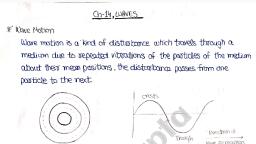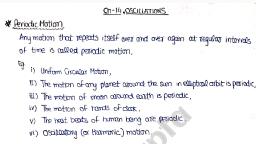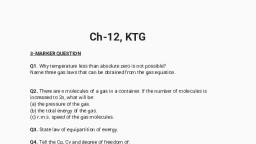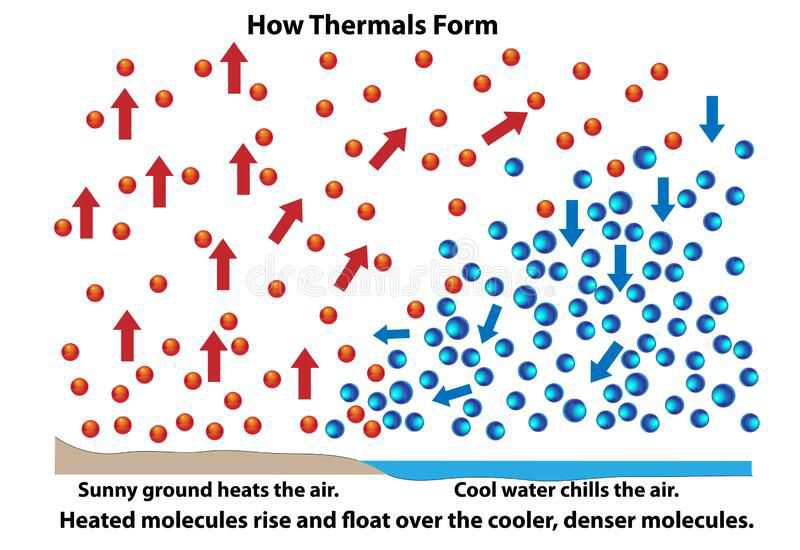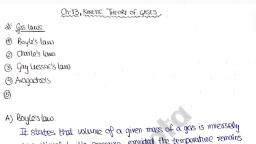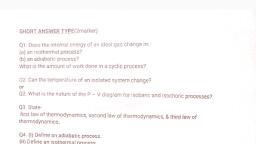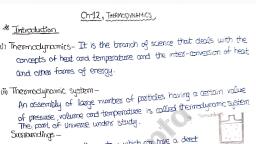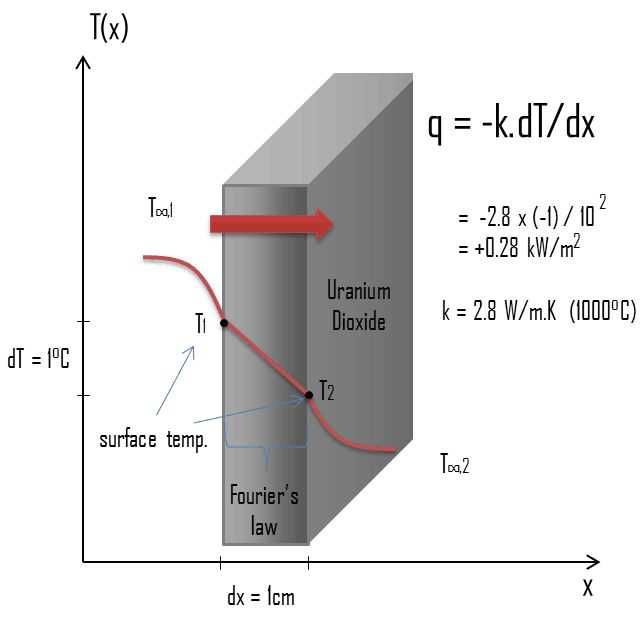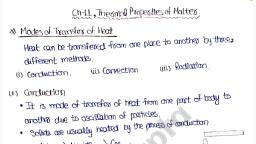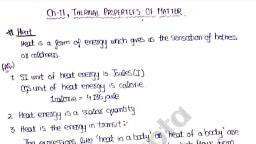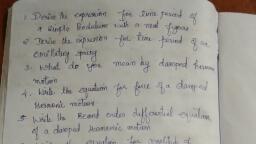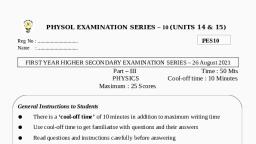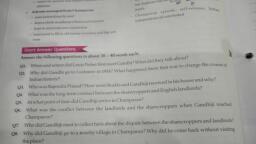Question 1 :
The potential energy of a simple harmonic oscillator when the particle is half way to its end point is -
Question 3 :
Two springs of spring constant k and 2k are joined together in series. The net spring constant is
Question 5 :
A simple harmonic oscillation has an amplitude $A$ and time period $T$. The time required to travel from $x=A$ to $\displaystyle x=\frac{A}{2}$ is :<br/>
Question 6 :
At what displacement is the $KE$ of a particle performing $SHM$ of amplitude $10\ cm$ is three times its $PE$ ?<br><br>
Question 7 :
Ratio of kinetic energy at mean position to potential energy at $A/2$ of a particle performing SHM.<br>
Question 8 :
If 1/4 of a spring having length L is cutoff, then what will be the spring constant of remaining part?
Question 10 :
The maximum velocity of a particle, executing simple harmonic motion with an amplitude $7\ mm$, is $4.4\ m/s$. The period of oscillation is
Question 11 :
The periodic time of a body executing SHM is $4s$. After how much interval from time $t=0$, its displacement will be half of its amplitude?
Question 12 :
The equation of motion for an oscillating particle is given by ${x= 3 sin \left ( 4\pi t \right )+4 cos \left ( 4\pi t \right )}$, where x is in mm and t is in second
Question 13 :
<p>A steamer moves with velocity 3 km/h in and against the direction of river water whose velocity is 2 km/h. Calculate the total time for the total journey if the boat travels 2 km in the direction of a stream and then back to its place:</p>
Question 14 :
If $x$ denotes displacement in time $t$ and $x = a\cos \omega t$, then for $\omega = 1$, the acceleration will be<br/>
Question 16 :
 A particle moves along the $x$-axis according to the equation $x = 10 sin3 ( t )$. The amplitudes and frequencies of component SHMs are<br/>
Question 17 :
A spring of force constant $k$ is cut into two parts whose lengths are in the ratio $1 : 2$. The two parts are now connected in parallel and a block of mass $m$ is suspended at the end of the combined spring. The period of oscillation of the block is:<br/>
Question 19 :
Identify which of the properties is equal to the reciprocal of the Time period?<br/>I. Speed<br/>II. Wavelength<br/>III. Frequency<br/>
Question 20 :
A wave is travelling on a string with the frequency $4$ cycles per second, and its speed is 0.08 meters per second.<br/>Calculate the time period of the wave?
Question 21 :
Identify the parameter which measures the time it takes to complete one cycle?<br/>
Question 22 :
A travelling wave is represented by the equation $y=20 sin (20 \pi t - 5x)$. The angular frequency of the wave is
Question 23 :
A transverse wave propagating on the string can be described by the equation $y = 2 \sin ( 10 x + 300 t ).$ where $x$ and $y$ are in metres and $t$ in second. If the vibrating string has linear density of $0.6 \times 10 ^ { - 3 } \mathrm { g/cm }$ then the tension in the string is
Question 24 :
Two sinusoidal waves of the same frequency travel in the same direction along a string. If $\displaystyle A_{1}=3.0\: cm,A_{2}=4.0\: cm,\phi _{1}=0,$ and $\displaystyle \phi _{2}=\pi /2$ rad, what is the amplitude of the resultant wave?
Question 25 :
The ratio of amplitudes of two simple harmonic motions represented by the equations $y_1=5 \sin \begin{pmatrix}2\pi t + \dfrac{\pi}{4}\end{pmatrix}$ and $y_2=2\sqrt{2} (\sin 2\pi t + \cos 1\pi t)$ is
Question 27 :
If the equation of transverse wave is $y=5\sin 2\pi\left(\cfrac{t}{0.04}-\cfrac{x}{40}\right)$, where distance is in $cm$ and time in $sec$, then the wavelength of wave will be
Question 28 :
Five sinusoidal waves have the same frequency $500Hz$ but their amplitudes are in the ratio $2:\cfrac{1}{2}:\cfrac{1}{2}:1:1$ and their phase angles $0,\cfrac{\pi}{6},\cfrac{\pi}{3},\cfrac{\pi}{2}$ and $\pi$ respectively. The phase angle of resultant wave obtained by the superposition of these five waves is:
Question 29 :
A broadcasting station transmits waves of frequency $71\times 10^4Hz$ with speed of $3\times 10^8m/s$. The wavelength of the wave is :<br/>
Question 30 :
The equation of the wave starting from $x=2\ at\ t=1s$ travelling along negative X-axis is given by<br/>
Question 31 :
A mass M, attached to a horizontal spring,executes S.H.M. with amplitude $A_1$. When the mass M passes through its mean position then a smaller mass m is placed over it and both of them move together with amplitude $A_2$. The ratio of $(\frac{A_1}{A_2}$ is :-
Question 32 :
Write the equations for the displacement as a function of time at $3\space m$ of the boy's end of the clothesline
Question 33 :
A wave is represented by the equation $y=A\sin(10\pi x+15\pi t+\pi/3)$ where $x$ is in meters and $t$ is in seconds. The expression represents:
Question 34 :
A transverse sinusoidal wave is generated at one end of a long horizontal string by a bar that moves the end up and down through a distance by $2.0 cm.$ The motion of bar is continuous and is repeated regularly $125$ times per sec. If the distance between adjacent wave crests is observed to be $15.7 cm$ and the wave is moving along +ve x-direction, and at $t = 0$ , the element of the string at $x = 0$   is   at   mean   position $y = 0 $ and is moving downwards, the equation of the wave is best described by : $ (use \pi = 3.14)$<br/>

